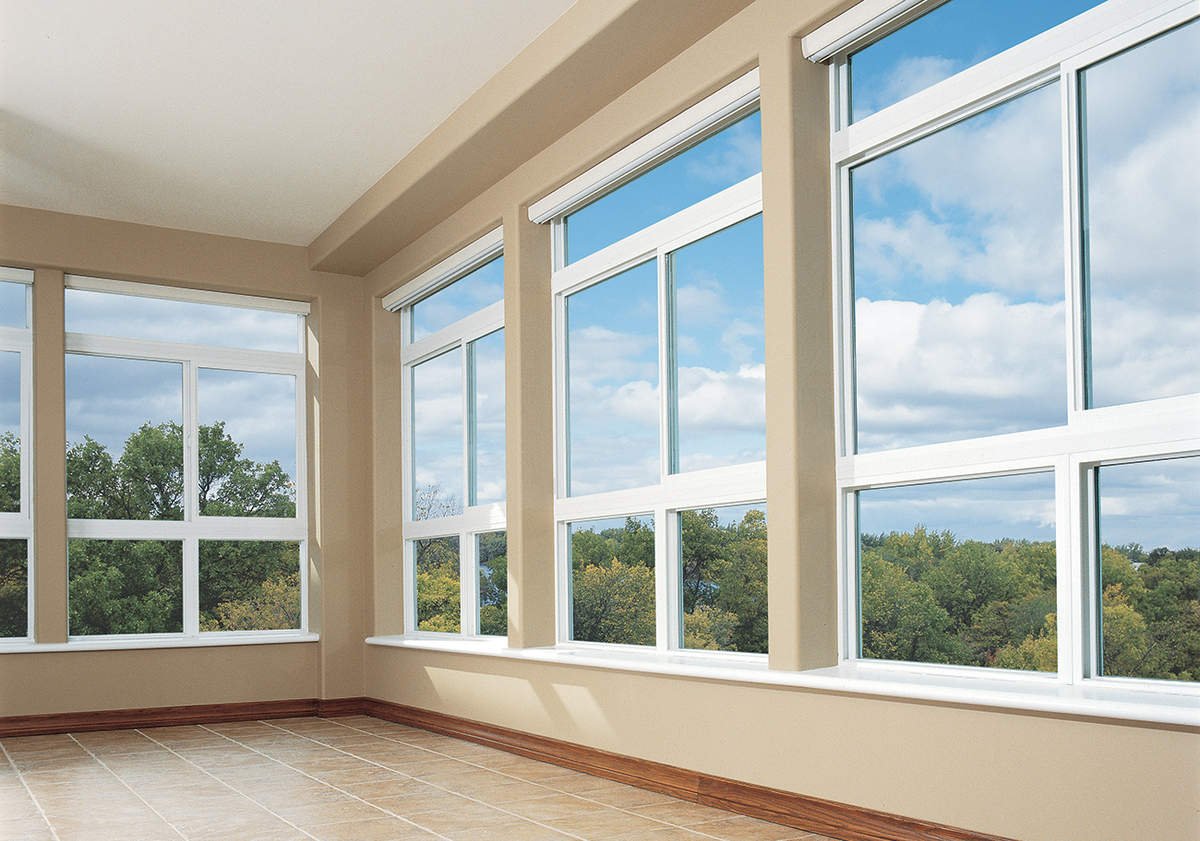
Image Source: Google
When it comes to painting uPVC windows, using the right sprayer is essential to achieve a professional finish. uPVC (unplasticized polyvinyl chloride) windows are a popular choice for many homeowners due to their durability and low maintenance requirements.
However, over time, the color of uPVC windows can fade or become outdated, prompting the need for a fresh coat of paint. In this article, we will discuss how to choose the right uPVC window sprayers for your project.
Types of uPVC Window Sprayers
There are several types of uPVC window sprayers available on the market, each with its own set of features and benefits. Before selecting a sprayer for your project, it is important to understand the different types and their suitability for painting uPVC windows.
Airless Sprayers
Airless sprayers are popular for painting uPVC windows due to their efficiency and ability to provide a smooth, even finish. These sprayers use high pressure to atomize the paint, resulting in a fine mist that covers the surface uniformly. Airless sprayers are ideal for large projects and are known for their speed and quality of finish.
- Efficient and fast painting process
- Produces a smooth, even finish
- Suitable for large projects
HVLP Sprayers
High Volume Low Pressure (HVLP) sprayers are another popular choice for painting uPVC windows. These sprayers operate at a lower pressure than airless sprayers, making them ideal for projects that require more control and precision. HVLP sprayers are known for their ability to reduce overspray and waste, making them a cost-effective option for smaller projects.
- Provides control and precision
- Reduces overspray and waste
- Cost-effective for smaller projects
Factors to Consider When Choosing uPVC Window Sprayers
When selecting a uPVC window sprayer for your project, there are several factors to consider to ensure the best results. By taking these factors into account, you can choose a sprayer that meets your requirements and delivers a professional finish.
Project Size
The size of your project will play a significant role in determining the type of sprayer you need. For larger projects, such as painting multiple uPVC windows or doors, an airless sprayer may be more efficient due to its speed and coverage. On the other hand, for smaller projects or detailed work, an HVLP sprayer may be more suitable.
Paint Compatibility
It is important to consider the type of paint you will be using with the sprayer. Some uPVC window sprayers are designed to work with specific types of paint, so be sure to check the compatibility before making a purchase. Additionally, consider the viscosity of the paint and whether the sprayer can handle it effectively.
Control and Precision
If your project requires detailed work or intricate designs, choosing a sprayer that offers control and precision is essential. HVLP sprayers are known for their ability to provide a fine finish with minimal overspray, making them ideal for projects that demand accuracy.
Tips for Using uPVC Window Sprayers
Once you have selected the right uPVC window sprayer for your project, there are several tips to keep in mind to ensure a successful painting process and professional finish.
Prepare the Surface
Before painting uPVC windows, it is important to prepare the surface by cleaning and sanding it to remove any dirt, grime, or imperfections. This will help the paint adhere better and result in a smoother finish.
Practice on Scrap Material
If you are using a uPVC window sprayer for the first time, practice on scrap material to familiarize yourself with the sprayer and adjust the settings accordingly. This will help you achieve the desired finish on your uPVC windows.
Apply Thin Coats
When painting uPVC windows, it is recommended to apply thin coats of paint to prevent drips and runs. Multiple thin coats will result in a smoother finish compared to one thick coat.